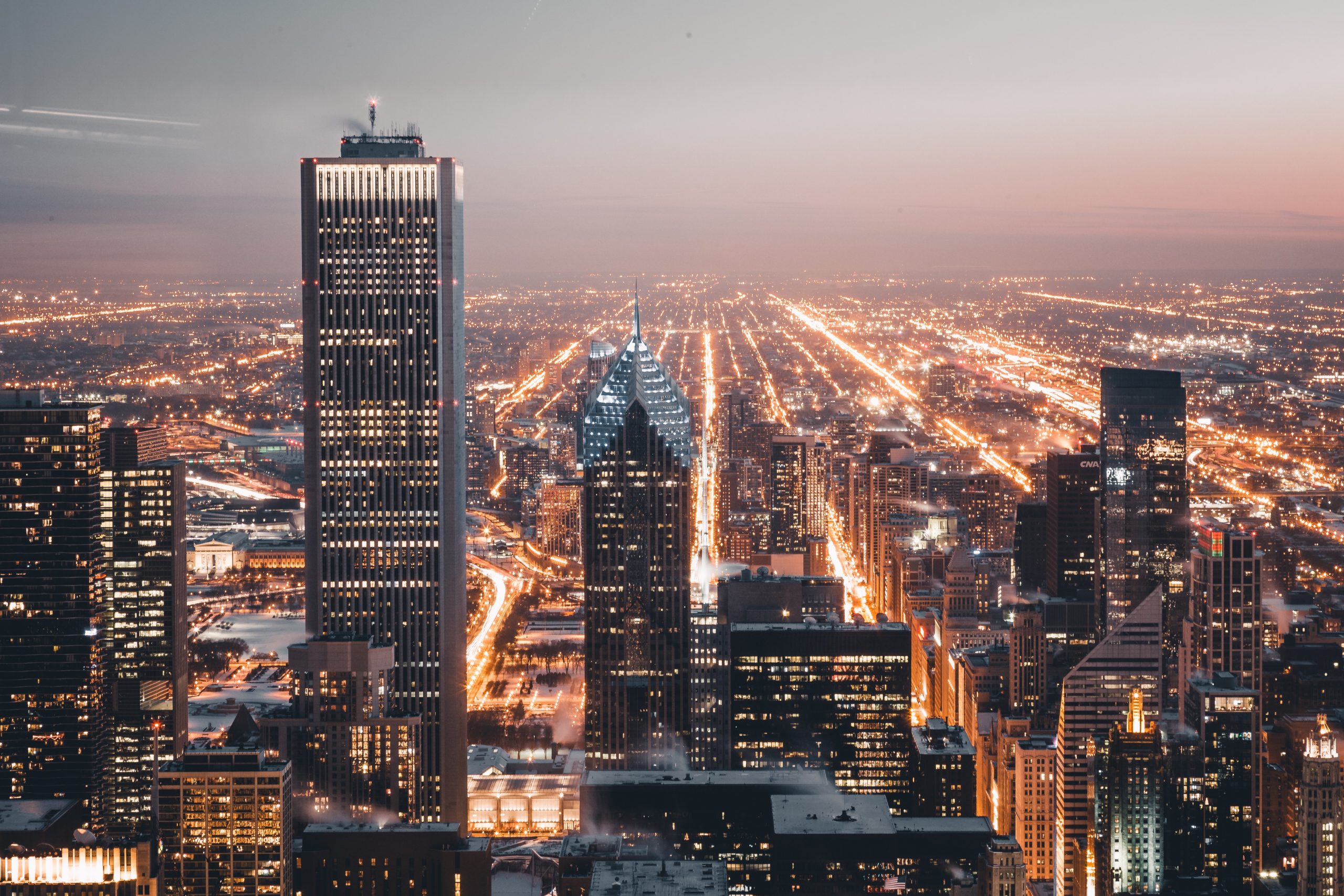The coronavirus (COVID-19) pandemic has impacted the lives of millions of individuals across the globe, making safe buildings and resilient communities more essential now than ever before. Building Safety Month provides homeowners, public officials, and the public with the information needed to ensure the spaces where we live, work and learn are safe.
For the last 40 years, the International Code Council (ICC) has celebrated advances in the construction of safe, sustainable, affordable and resilient buildings and homes during Building Safety Month. Together with its 64,000 members and professionals in the building construction, design and safety communities, government agencies, professional associations and nonprofits, the ICC promotes Building Safety Month to raise awareness about the importance of building safety as well as to promote the critical role modern building codes have in creating safer and more resilient communities.
The ICC’s mission is “to provide the highest quality codes, standards, products and services for all concerned with the safety and performance of the built environment.” Staying within compliance of the ICC codes, as well as those developed by entities such as the National Fire Protection Association (NFPA) and local, county or state codes, while following risk management tips can help reduce unnecessary costs and accidents in the workplace.
The theme for Building Safety Month 2020 is “Safer Buildings, Safer Communities, Safer World.” With the recent coronavirus (COVID-19) crisis changing the lives of millions of individuals across the globe, safe building and resilient communities are essential now more than ever. Homes have become offices, classrooms and gyms. And, after states reopen, public buildings will still be required to adhere to social distancing rules for the foreseeable future. Building Safety Month provides homeowners, public officials, and the public with the information needed to ensure the space where we live, work and learn is safe.
Although the coronavirus pandemic will be on our minds for a long time, it’s important to remember to prepare for other types of disasters that can devastate a community. Along with disaster preparedness, the goals of Building Safety Month include education on issues like water safety and sustainability. Additionally, looking towards the future with modern building codes and creating safe, reliable and healthy buildings by keeping the next generation of building safety professionals motivated is essential to the campaign.
Celebrating Building Safety Month 2020
Throughout May, each week of Building Safety Month focuses on a different initiative:
Week 1, May 1-10: Disaster Preparedness
Throughout week one, the ICC provides tips to help families prepare for natural disasters like hurricanes, floods, snowstorms, tornadoes and earthquakes. Planning for a natural disaster by utilizing the most up-to-date building codes helps increase the health and safety of a community, as well as protect the local tax base, ensure continuity of essential services and support a faster recovery.
Week 2, May 11-17: Water Safety
According to the World Health Organization (WHO), an estimated 844 million people do not have access to a basic drinking-water service. The building code officials who protect our water supply allow us to have clean water through their dedicated service to implementing building, plumbing and green codes to guard this precious commodity.
Additionally, water conservation and efficiency initiatives, like the Environmental Protection Agency’s (EPA’s) WaterSense Program help consumers identify water-efficient products, helping Americans save 3.4 trillion gallons of water and more than $84.2 billion in water and energy bills.
During week two, the ICC also shares helpful information about swimming pools and backyard safety. Proper inspections and vigilant supervision can help families stay safe. The Code Council also provides safety solutions, technical resources and training for plumbing and swimming pool professionals.
Week 3, May 18-24: Resiliency. Sustainability. Innovation.
The ICC’s International Codes (I-Codes) are the most widely used set of building safety codes in the world, setting the standard for resilience and sustainability through the latest innovations in science and technology. Incorporating these innovations in building practices helps create a resilient nation, with the ability to prepare for, adapt and successfully recover from adverse events like natural disasters. Green building and sustainable construction strategies can also help provide resilience to natural disasters and other issues caused by unforeseen events. The 2018 International Green Construction Code (IgCC) provides criteria that can be easily adapted to improve energy efficiency, conserve resources, enhance water safety, and deliver sustainable, resilient buildings.
Week 4, May 25-31: Training the Next Generation
Well-trained professionals are an integral component in creating and maintaining a successful built environment Training and education help code officials avoid mistakes and accidents and properly enforce the code. As the building industry is expected to see a decrease in 80% of the skilled workforce in the coming years, there’s no time like the present to welcome a new generation of job seekers to the building safety profession.
Building Safety Tips for the Workplace
There’s no doubt that so many of us are focused on slowing the spread of the coronavirus right now. However, managing risks that could lead to injuries or accidents in the workplace is still essential for businesses of all sizes.
With so many building codes to adhere to and new ones popping up all the time, you may wonder if your organization is “up to code” – and how to maintain compliance going forward. However, remember that proper risk management can help prevent accidents, injuries and fines for infractions that can cost thousands of dollars.
This Building Safety Month, here are a few tips that can help your organization both maintain code compliance, reduce the spread of COVID-19 and ensure workplace safety:
- Properly clean and disinfect regulary. Clean surfaces using soap and water, including high touch surfaces like doorknobs, light switches, countertops, handles, faucets, etc. Then, use a disinfectant to ensure these surfaces are free of germs.
- Inspect walkways and parking lots. Check parking lots by looking for potholes, depressions and uneven walkways or wheel stops in parking spaces that need repairing. Provide proper marking for changes in elevation, parking stops and parking spaces.
- Help prevent slips, trips and falls. Install non-slip stair treads or slip resistant stair coverings. Use caution markers for wet areas, and clean up any spills immediately to further decrease the risk of slips, trips and falls. Place rain mats at all entry points, and use non-slip mats for wet areas, such as around ice machines or sinks.
- Provide proper lighting and means of egress. Make sure emergency lighting is installed and in good condition; create a testing program to ensure they are in working order at all times. All exit signs should be identified and illuminated with a clear, unobstructed path to the exit.
- Review electrical components. Wet areas such as kitchens and bathrooms should have ground-fault circuit interrupter (GFCI) breakers installed, and these should be inspected regularly. Check electrical panels for missing breakers and covers, and establish a clear space of 36 inches around them.
- Properly install railings and balusters. Guardrails should have a height of at least 42 inches, while balusters should not exceed four inches apart. Provide handrails for steps with four or more risers, and prevent climbing hazards by removing or protecting horizontal balusters.
- Maintain alarms and detectors. All buildings should have working smoke and carbon monoxide detectors that are hardwired and have a battery backup. Implement a testing program to ensure they remain in good working condition throughout the year.
- Check exterior fire escapes. If there are AC units blocking egress onto fire escapes, make sure to remove them. The ladder mechanism should be inspected for proper functioning, and verify that there is access to the street from the fire escape. Every five years, a complete inspection and test should be completed by a Registered Professional Engineer (RPE), to evaluate critical components, such as capacity, structural stability, tiebacks for corrosion or hidden defects.
- Service and inspect fire sprinkler systems. Properly service and inspect fire sprinkler systems in accordance with all applicable regulations and standards. Keep inspection records on file and have the system monitored by a central station.
- Create an emergency response plan. In the event of an emergency, it’s crucial to set up a response team and develop an evacuation plan. Designate a trusted individual to call 911 and direct first responders to the location.
Keep in mind that if you are planning to renovate your commercial property, you must obtain the proper permits first. Always hire qualified and insured contractors to maintain your property, and designate a manager within your organization to handle code compliance. This individual can also be responsible for conducting self-inspections to help identify issues before they arise. Additionally, remember that building codes can change over time, so be sure to familiarize yourself with your local codes.




